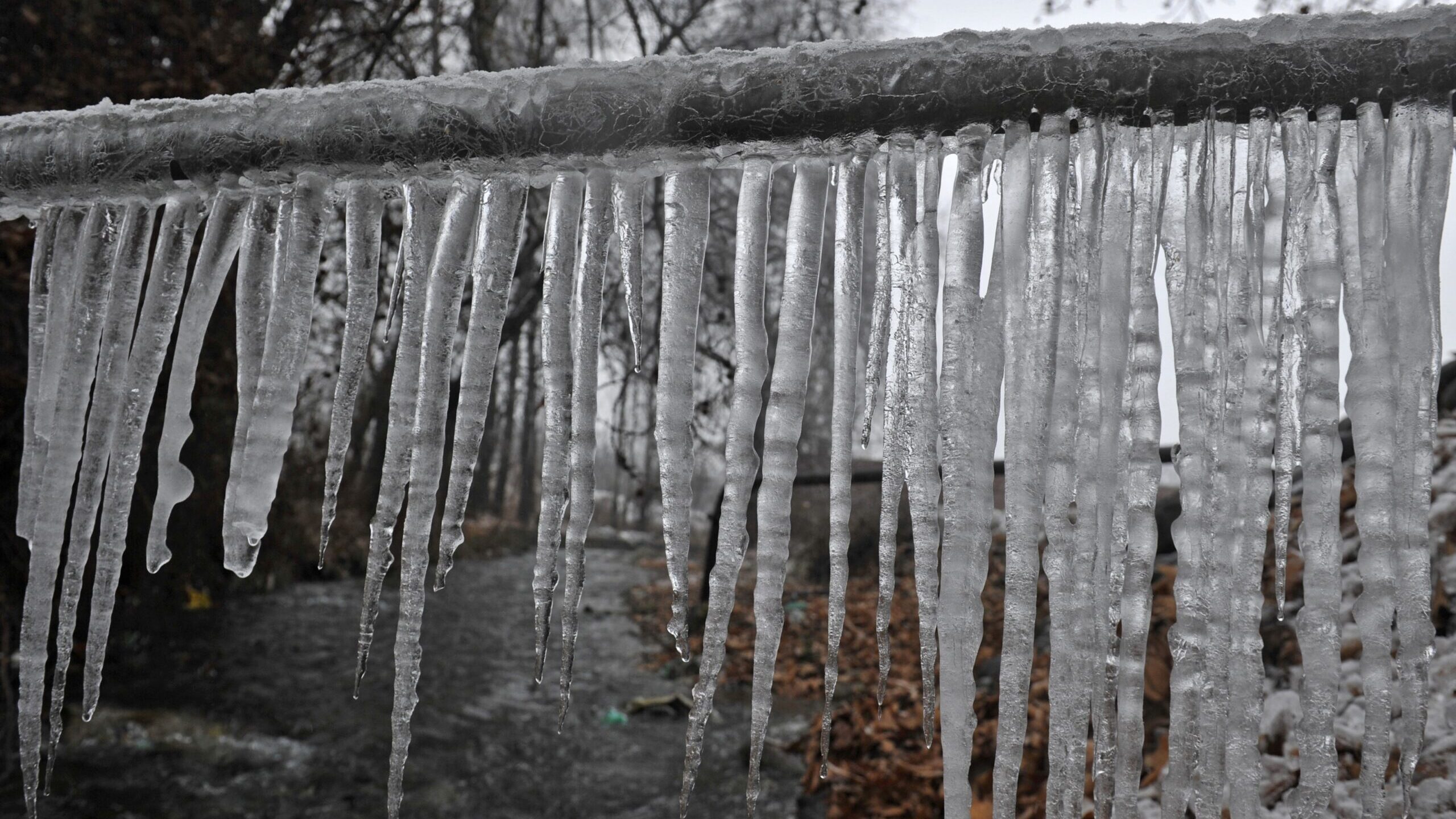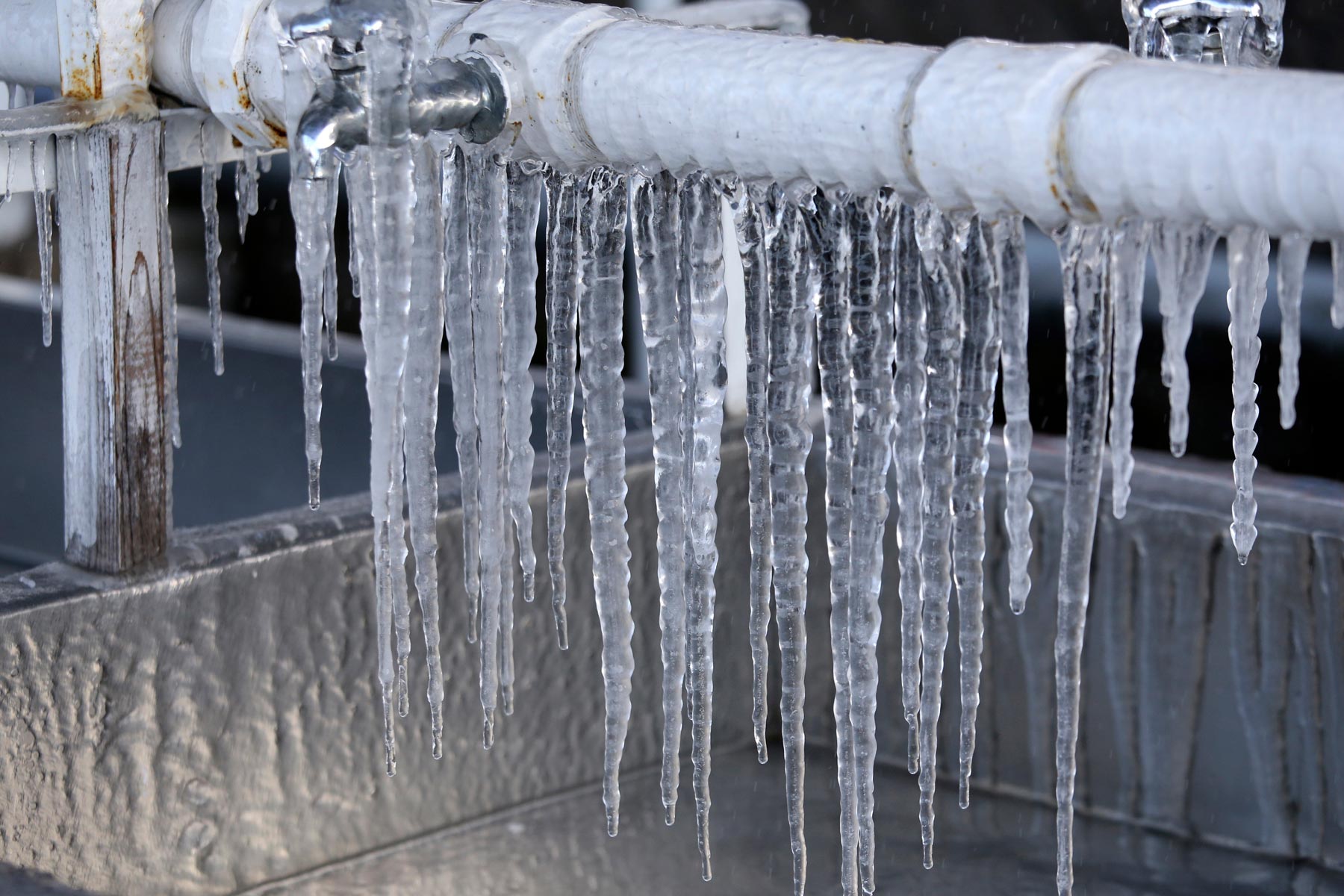Protect Against Frozen Pipes in Winter: Professional Tips
Protect Against Frozen Pipes in Winter: Professional Tips
Blog Article
Just how do you really feel when it comes to 6 Ways to Prevent Frozen Pipes?

Cold weather can wreak havoc on your plumbing, particularly by freezing pipelines. Below's how to prevent it from happening and what to do if it does.
Introduction
As temperature levels decline, the threat of icy pipelines boosts, possibly bring about pricey fixings and water damages. Comprehending how to prevent icy pipes is essential for homeowners in cool climates.
Avoidance Tips
Protecting vulnerable pipelines
Wrap pipelines in insulation sleeves or utilize heat tape to secure them from freezing temperatures. Concentrate on pipelines in unheated or exterior locations of the home.
Heating strategies
Keep indoor spaces adequately heated up, specifically areas with plumbing. Open up closet doors to allow cozy air to flow around pipes under sinks.
How to identify icy pipelines
Look for reduced water flow from faucets, uncommon smells or sounds from pipelines, and noticeable frost on exposed pipes.
Long-Term Solutions
Structural adjustments
Consider rerouting pipelines away from exterior walls or unheated locations. Include additional insulation to attics, basements, and crawl spaces.
Updating insulation
Buy high-quality insulation for pipelines, attics, and wall surfaces. Appropriate insulation assists maintain regular temperatures and decreases the threat of frozen pipes.
Shielding Outside Pipes
Garden pipes and outdoor taps
Disconnect and drain pipes garden pipes before wintertime. Set up frost-proof faucets or cover outside taps with insulated caps.
Comprehending Icy Pipes
What triggers pipelines to freeze?
Pipes freeze when exposed to temperature levels listed below 32 ° F (0 ° C) for extended periods. As water inside the pipes ices up, it increases, taxing the pipe walls and potentially creating them to burst.
Risks and damages
Frozen pipes can result in water disturbances, building damage, and pricey repair services. Burst pipelines can flooding homes and cause considerable architectural damages.
Indicators of Frozen Water Lines
Determining icy pipelines early can avoid them from bursting.
What to Do If Your Pipes Freeze
Immediate activities to take
If you suspect icy pipes, maintain taps open to relieve stress as the ice melts. Use a hairdryer or towels taken in warm water to thaw pipelines slowly.
Verdict
Stopping icy pipelines requires positive steps and quick feedbacks. By understanding the causes, signs, and preventive measures, property owners can protect their plumbing throughout cold weather.
5 Ways to Prevent Frozen Pipes
Drain Outdoor Faucets and Disconnect Hoses
First, close the shut-off valve that controls the flow of water in the pipe to your outdoor faucet. Then, head outside to disconnect and drain your hose and open the outdoor faucet to allow the water to completely drain out of the line. Turn off the faucet when done. Finally, head back to the shut-off valve and drain the remaining water inside the pipe into a bucket or container. Additionally, if you have a home irrigation system, you should consider hiring an expert to clear the system of water each year.
Insulate Pipes
One of the best and most cost-effective methods for preventing frozen water pipes is to wrap your pipes with insulation. This is especially important for areas in your home that aren’t exposed to heat, such as an attic. We suggest using foam sleeves, which can typically be found at your local hardware store.
Keep Heat Running at 65
Your pipes are located inside your walls, and the temperature there is much colder than the rest of the house. To prevent your pipes from freezing, The Insurance Information Institute suggests that you keep your home heated to at least 65 degrees, even when traveling. You may want to invest in smart devices that can keep an eye on the temperature in your home while you’re away.
Leave Water Dripping
Moving water — even a small trickle — can prevent ice from forming inside your pipes. When freezing temps are imminent, start a drip of water from all faucets that serve exposed pipes. Leaving a few faucets running will also help relieve pressure inside the pipes and help prevent a rupture if the water inside freezes.
Open Cupboard Doors
Warm your kitchen and bathroom pipes by opening cupboards and vanities. You should also leave your interior doors ajar to help warm air circulate evenly throughout your home.

We hope you liked our article about How to Prevent Your Pipes From Freezing. Thank you for taking the time to browse our blog post. Sharing is nice. Helping people is fun. Thank you so much for your time spent reading it.
Quote Report this page